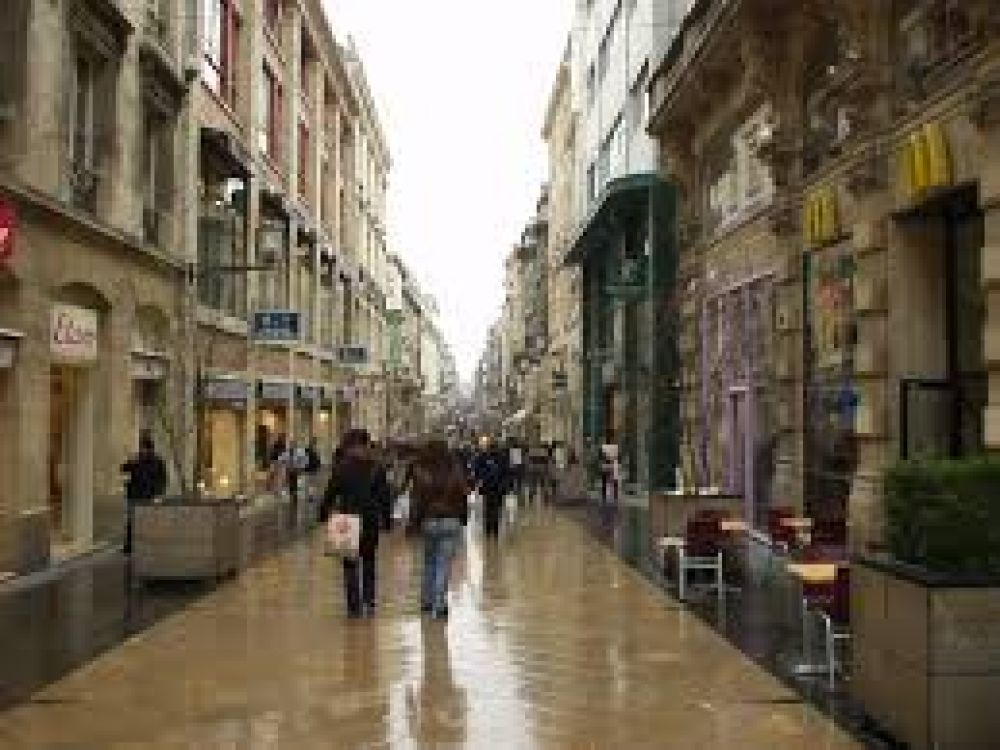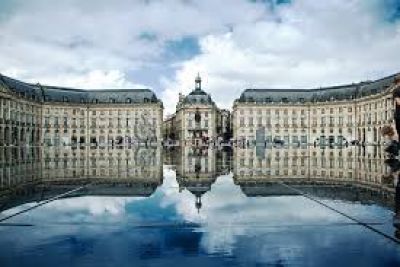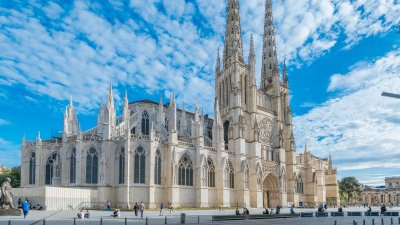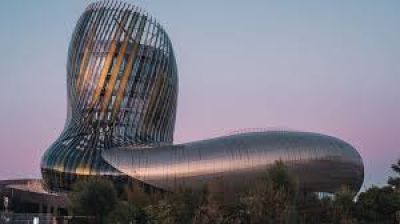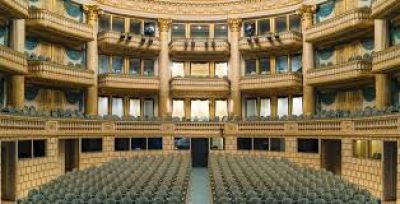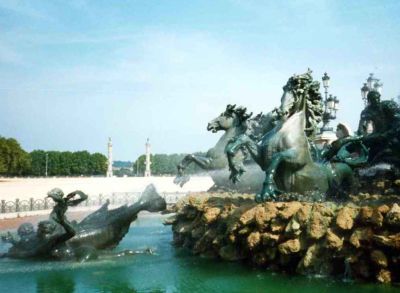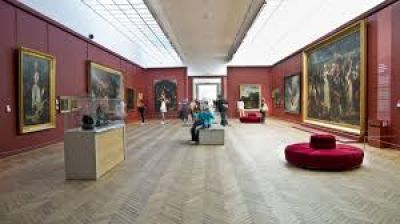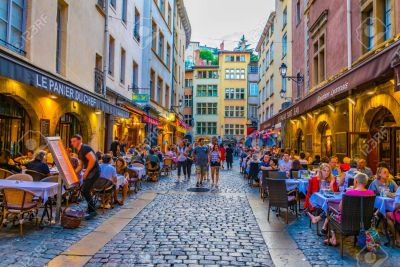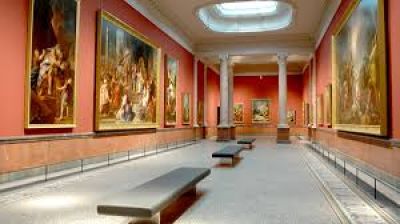Rue Sainte-Catherine, Bordeaux, France: The Historical Pathway
A Stroll through History
Rue Sainte-Catherine has been the bustling heart of Bordeaux since its emergence as a prominent trade and commerce hub during the Roman era. This pedestrian street, now known for being one of the longest shopping streets in Europe, has evolved from a simple thoroughfare into a vibrant artery pulsating with life and culture.
In the Middle Ages, Rue Sainte-Catherine was already a significant part of daily life in Bordeaux. It was the central axis of the city, connecting two of its main squares, Place de la Comédie and Place de la Victoire. Over the centuries, the street has seen numerous historical events and has been a witness to the changing architectural styles and urban planning of the city.
The 18th century, known as Bordeaux's golden age, saw Rue Sainte-Catherine flourish alongside the city's development. The street became a favorite for promenading among the local bourgeoisie, and many elegant buildings of neoclassical design were constructed, contributing to its grandeur.
Modern Transformation
The transformation of Rue Sainte-Catherine into a pedestrian zone in 1977 marked a new era for the street and for Bordeaux tourism. The move to restrict vehicle access made the street more pleasant for shoppers and tourists, leading to its rising popularity. As a result, it began to attract an increasing number of international brands and local boutiques, sealing its reputation as a shopping haven.
Today, Rue Sainte-Catherine stretches over 1.2 kilometers and is lined with shops, cafes, and historical buildings, offering both a shopping experience and a historical journey. The northern end showcases high-end retailers and the majestic Grand Théâtre while the southern part, close to Place de la Victoire, caters more to the needs of students with its array of budget-friendly stores and casual eateries.
Tourism and Trends
Tourism in Rue Sainte-Catherine has benefited from Bordeaux's overall rise as a prominent destination for international travelers. Recent trends in tourism along the street reflect a desire for authentic experiences, with visitors showing interest in the historical significance and architectural beauty of the area, in addition to shopping.
Guided tours often include Rue Sainte-Catherine as a key attraction, offering insights into its historical context and importance to the city of Bordeaux. The integration of the street into the city's overall pedestrian plan has further boosted its appeal, allowing tourists to easily access other historic landmarks on foot.
The latest developments in Bordeaux have focused on sustainable tourism, and Rue Sainte-Catherine is part of this move, with initiatives aimed at minimizing environmental impact and preserving the cultural heritage of the area. Events such as street performances and seasonal decorations add to the street's allure, encouraging visitors to enjoy a vibrant urban experience in a historical setting.
The Future of Rue Sainte-Catherine
Looking forward, Rue Sainte-Catherine is set to remain a key point of interest for travelers to Bordeaux. Efforts to maintain its historical integrity while continuously improving the visitor experience suggest that it will continue to adapt and thrive in the ever-changing landscape of urban tourism.
Adaptations to the digital age, such as the increased presence of e-commerce, are also being integrated into the Rue Sainte-Catherine experience. With shops offering online services and in-store digital enhancements, the interplay between traditional retail and modern technology is likely to shape the future of tourism trends on this historic street.
